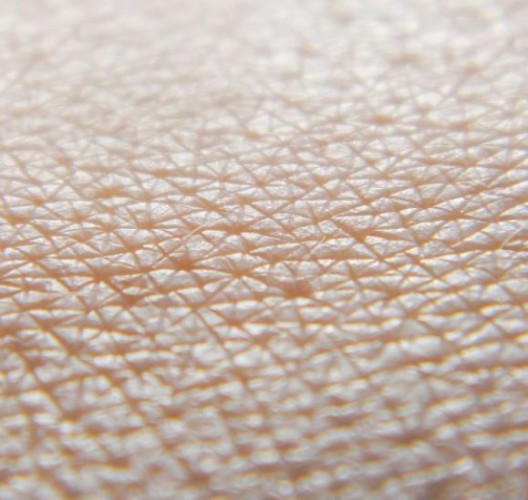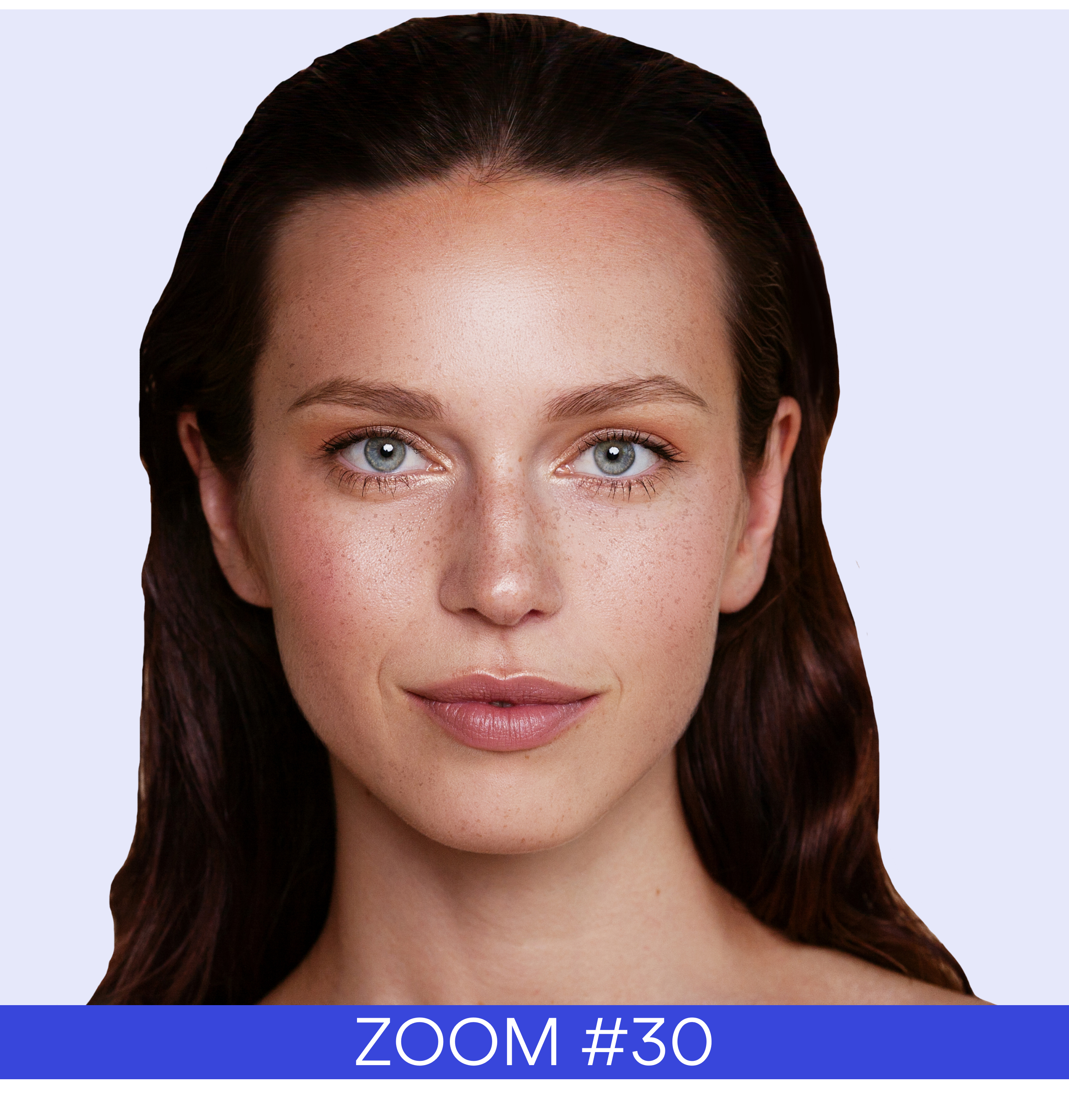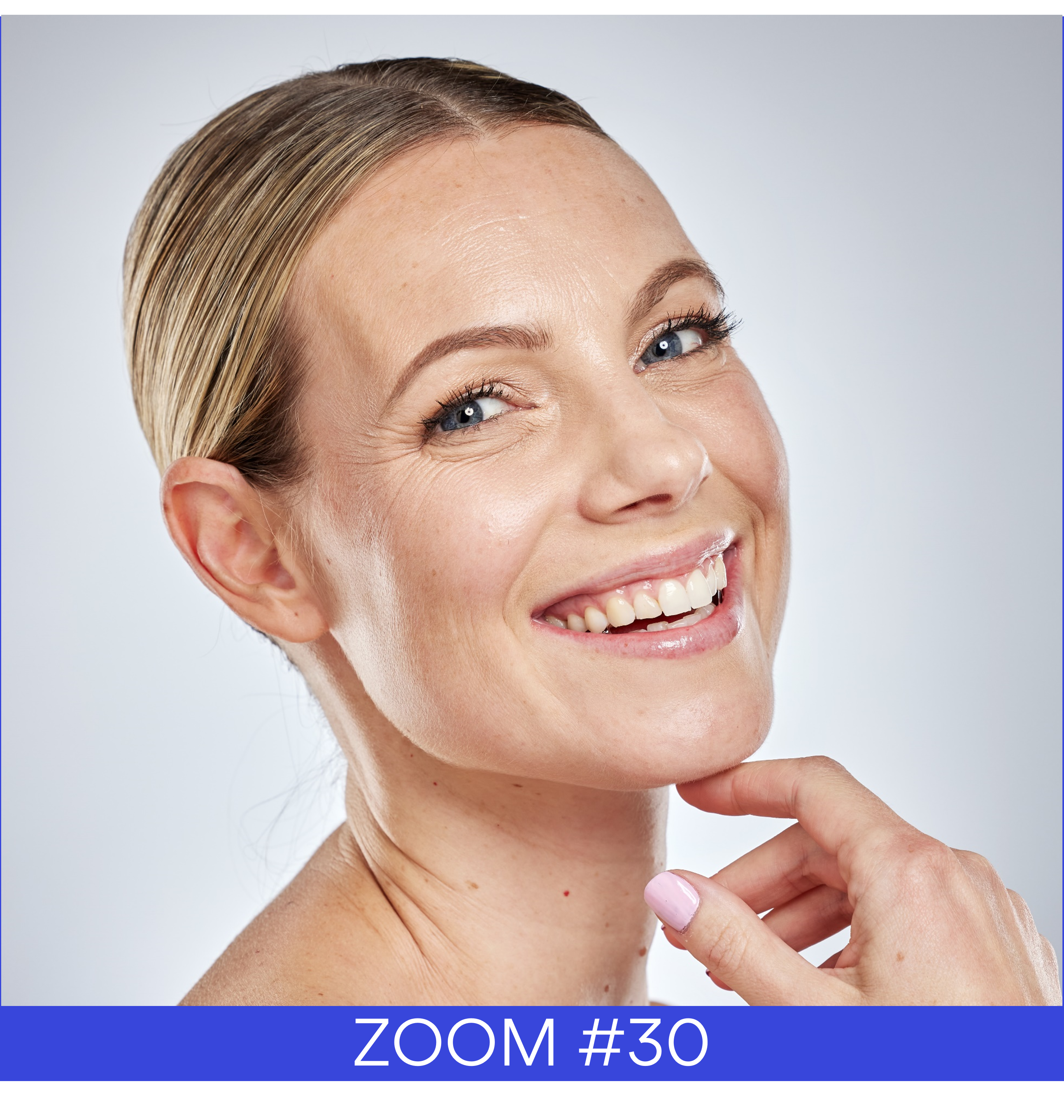Skin Res Technol. 2017 Nov;23(4):500-513. doi: 10.1111/srt.12362. Epub 2017 Mar 13.
- 1-UC-P&G Simulation Center, University of Cincinnati, Cincinnati, OH, USA.
- 2-Procter and Gamble Company, Cincinnati, OH, USA.
- 3-James L. Winkle College of Pharmacy, University of Cincinnati, Cincinnati, OH, USA.
- 4-Procter & Gamble Company, Strombeek-Bever, Belgium.
BACKGROUND:
Experimental work on skin hydration is technologically challenging, and mostly limited to observations where environmental conditions are constant. In some cases, like diapered baby skin, such work is practically unfeasible, yet it is important to understand potential effects of diapering on skin condition. To overcome this challenge, in part, we developed a computer simulation model of reversible transient skin hydration effects.
METHODS:
Skin hydration model by Li et al. (Chem Eng Sci, 138, 2015, 164) was further developed to simulate transient exposure conditions where relative humidity (RH), wind velocity, air, and skin temperature can be any function of time. Computer simulations of evaporative water loss (EWL) decay after different occlusion times were compared with experimental data to calibrate the model. Next, we used the model to investigate EWL and SC thickness in different diapering scenarios.
RESULTS:
Key results from the experimental work were: (1) For occlusions by RH=100% and free water longer than 30 minutes the absorbed amount of water is almost the same; (2) Longer occlusion times result in higher water absorption by the SC. The EWL decay and skin water content predictions were in agreement with experimental data. Simulations also revealed that skin under occlusion hydrates mainly because the outflux is blocked, not because it absorbs water from the environment. Further, simulations demonstrated that hydration level is sensitive to time, RH and/or free water on skin. In simulated diapering scenarios, skin maintained hydration content very close to the baseline conditions without a diaper for the entire duration of a 24 hours period.
CONCLUSION:
Different diapers/diaper technologies are known to have different profiles in terms of their ability to provide wetness protection, which can result in consumer-noticeable differences in wetness. Simulation results based on published literature using data from a number of different diapers suggest that diapered skin hydrates within ranges considered reversible.









 Follow us on Linkedin!
Follow us on Linkedin!